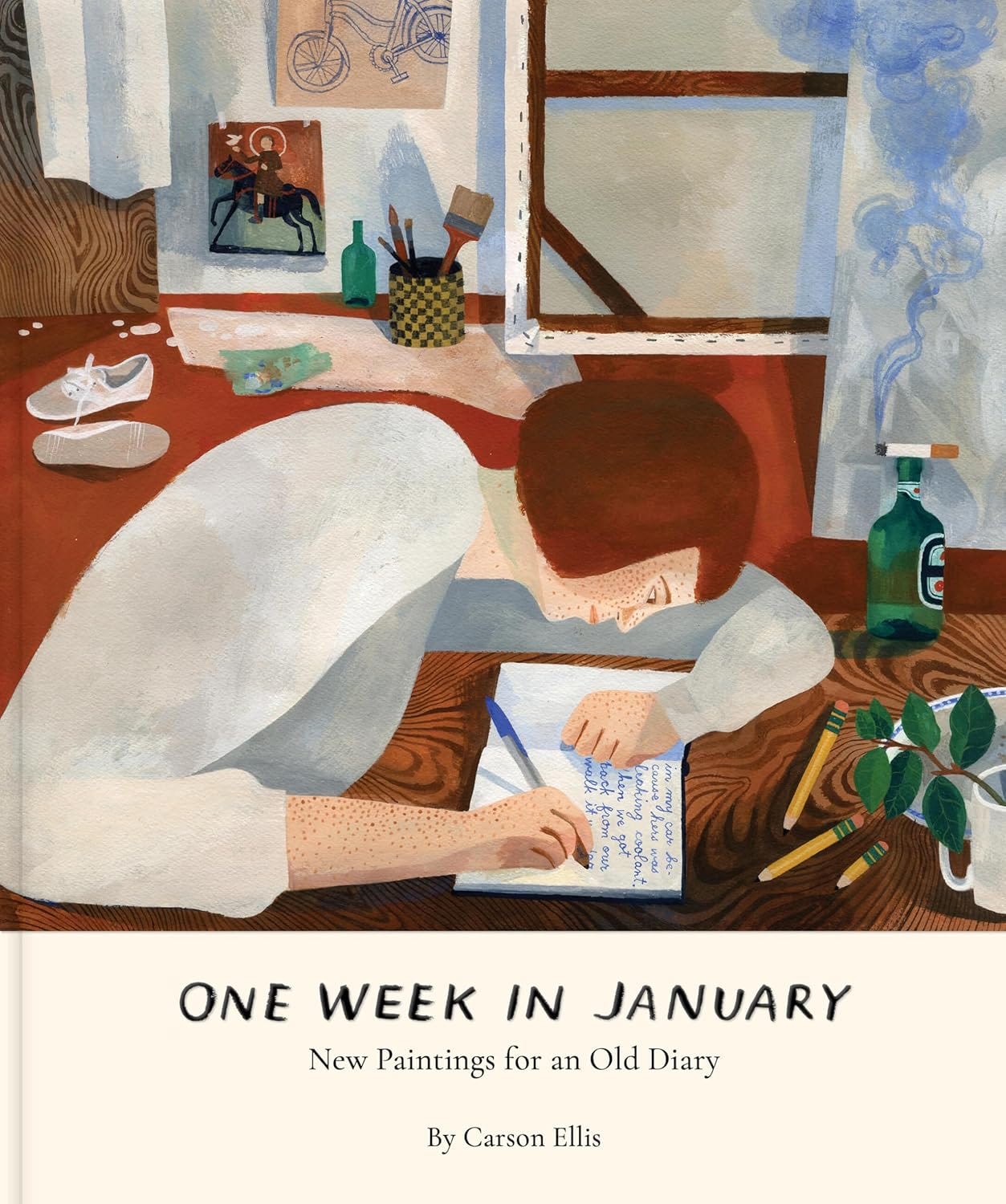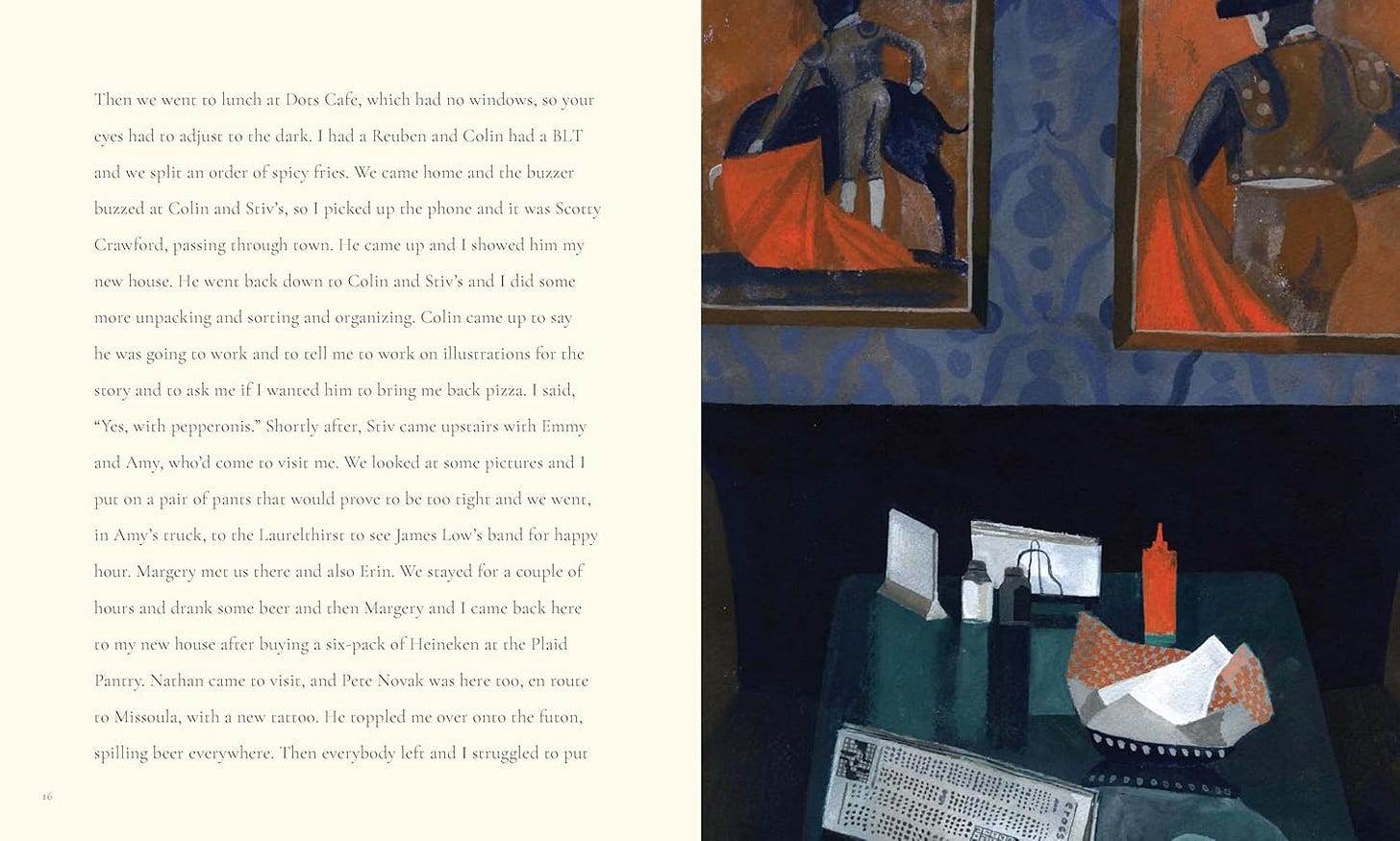Hey there Machinists,
Here I am, just emerging from deep inside a COVID fog. I’m only now testing negative a little over a week after getting it from my kid who got it — I shit you not — on his *first* day back at school. I’d throw out one of those PSA-style aphorisms like “Test and mask, people!” or something to that effect but oh man, it’s like howling into a snowstorm, isn’t it. This is my second rodeo with the ‘rona. My first time was June of ‘23. I’m not sure I experienced the virus to its fullest: I took Paxlovid and spent a week enjoying the taste of rusting metal in my mouth instead of your typical covid symptoms. I got better only to have a fully symptomatic rebound case a week later. So when I saw that little red line pop up on the test this time around, I was determined to raw dog this one. It wasn’t pleasant; I was laid out for a good four days straight, but I think I might have preferred that over feeling like I’d been licking the corroded interior of a drain pipe for five days. In any case, here I am on the other side of it saying, “Test and mask, people!” straight into the snowstorm.
And what better time to emerge from a snowy fog than now, when my wife and miraculously covid negative creative partner has a new book out. It’s called “One Week In January: New Paintings For an Old Diary” and it’s hitting the shelves of your favorite local bookstore (indie or otherwise) TODAY. (I’ll actually be “in conversation” with the author at the Burnside Powell’s tonight at 7 pm, if you’re so inclined.)
I might be a little biased talking about this book; I’m in it. I am one of the supporting cast, a small web of disaffected, vaguely bored artists in Carson’s 2001 orbit. See, “One Week in January” is a journal that Carson kept during her first week living in Portland, having just moved from San Francisco. She was worried, at 25, that she was losing her memory. She thought that keeping a detailed journal might be a good exercise to help stave off the ravages of her old age. Wether or not it helped (the jury’s still out, I suppose), we did find the journal — 8 pages, single spaced, no paragraph breaks — in a box in our basement a few years ago. We read it aloud; we laughed a bunch. It was funny, this patient, meticulously observed document from twenty plus years ago. Carson had the audacious idea to illustrate it and publish it.
Maybe I was skeptical at first? I don’t recall yelling “Eureka!” or anything when Carson pitched me the idea. I wasn’t sure what the appeal would be to anyone besides the two of us and maybe the handful of friends who are actually in the pages. Would it be funny to a public writ large? Would it be meaningful? Having read it now, in its published form, I think her intuitions were right. I do think it speaks to something larger than itself, a kind of universal something. Though I still don’t know quite what that could be.
If anything, the paintings in the book are really beautiful. They’re all done in gouache, aside from some pen-and-ink spot illustrations here and there. They’re vivid and colorful; they are both deeply connected to and completely evolved from the paintings Carson was doing at 25. Fans of her work will love poring over these pages. But I say: come for the paintings, stay for the prose. And the prose is really lovely, actually. It’s funny to imagine where she was coming from when she was writing the journal. It really was a “just the facts, ma’am” kind of approach. Dispassionate. Unsentimental. A clinician observing their patient on a day by day basis. So it’s really free of some of the overly sentimental garbage that can attend a lot of journal-keeping, particularly the journal-keeping of a 25 year-old artist. That, I find, really refreshing.
What’s funny about the book, I think, is how much is crammed into the week. This telescoping of time and experience. It might not, at first glance, seem like it’s an action-packed week (most of the activity revolves around going to various convenience stores to buy booze, cigarettes, and bagels) but I can attest that a lot of the events that happened in that week stick with me to this day. And not because Carson was meticulously documenting them.
It’s the week that I wrote “Grace Cathedral Hill.” It’s the week I was working on songs for a silent film scoring show, what would be the first show of the final and lasting iteration of the Decemberists. I remember so many of the events of that week distinctly: getting kicked out of a bar for singing too loudly, being grumpy on a drive to Portland Meadows in the rain, illicitly climbing unsecured ladders on to random warehouse roofs in SE Portland. There’s so much in these pages that I remember and yet name me a single week in a year from my 30s onward and I bet I’d be hard pressed to distinguish that week from any other in the year. Why is that? Certainly, it can’t be a memory issue. Wouldn’t my first week in January, say, 2021 be more fresh in my mind? Unfortunately, I’m inclined to believe my most depressing supposition: that one’s youthful weeks are just more interesting.
And I’m not sure that’s always a good thing. There are so many heartbreaks in these pages, so much longing. When I read this diary, I see a lot of people who are living through a tremendous upheaval, working jobs they suffer quietly if not openly despise, scraping enough money together to pay their rent and underwrite their vices. I see petty creative spats and self-conscious posing. While I can look at the me in these pages and feel a slight pang of nostalgia, I can also remember the sadness I carried with me. I can still feel it. It didn’t feel great.
Would I trade those crowded weeks of my gestating twenties for the forgettable ones of my middle age? I’m not sure. I’m glad I experienced those tumultuous weeks. I am thankful for the tumult, but I would not relish living it again. It’s better to be observed from a remove, I think, these moments hashed out in spare prose on the page, accompanied by some lovely paintings. I don’t think they become more attractive that way, not do they seem to be more dreary. I think they are just as they are and I am happy to flip though this book, admire it, and then put it on the shelf. There are new songs to write, new books to hammer out. There are kids to be wrangled to school, broken lawn mowers to fix, and mortgages to pay. That’s enough for now.











/edit! I'm actually covid *negative* not *positive* 🤦♂️ I'll be masking at the event today in any case...
I’m not sure if it was an error, but I got my copy two weeks ago to my excitement. It was absolutely delightful and the art is gorgeous! Even though my twenties looked different, I think the *something* that’s so charming about her journal is that it captures that feeling that’s relatable to everyone looking back nostalgically on that decade of our lives. When you’re 25 you sort of live with the two halves of being Very Confident in being an adult now while also feeling like a teenage imposter in adult clothing. Reading Carson’s journal reminds you of that headspace, but also looking back you can see that your twenties is just play-acting at adulthood…just a baby figuring it out while setting the trajectory of your entire life. There’s a stress of 25 that you might be ruining that trajectory, but there’s a kindness in looking back from middle-age and thinking “kid, it’s all gonna be ok”
It definitely was also a fun read as a fan of the band, especially since Grace Cathedral Hill is a fave.
Now the question is, will the rap video be released to the public? 😆